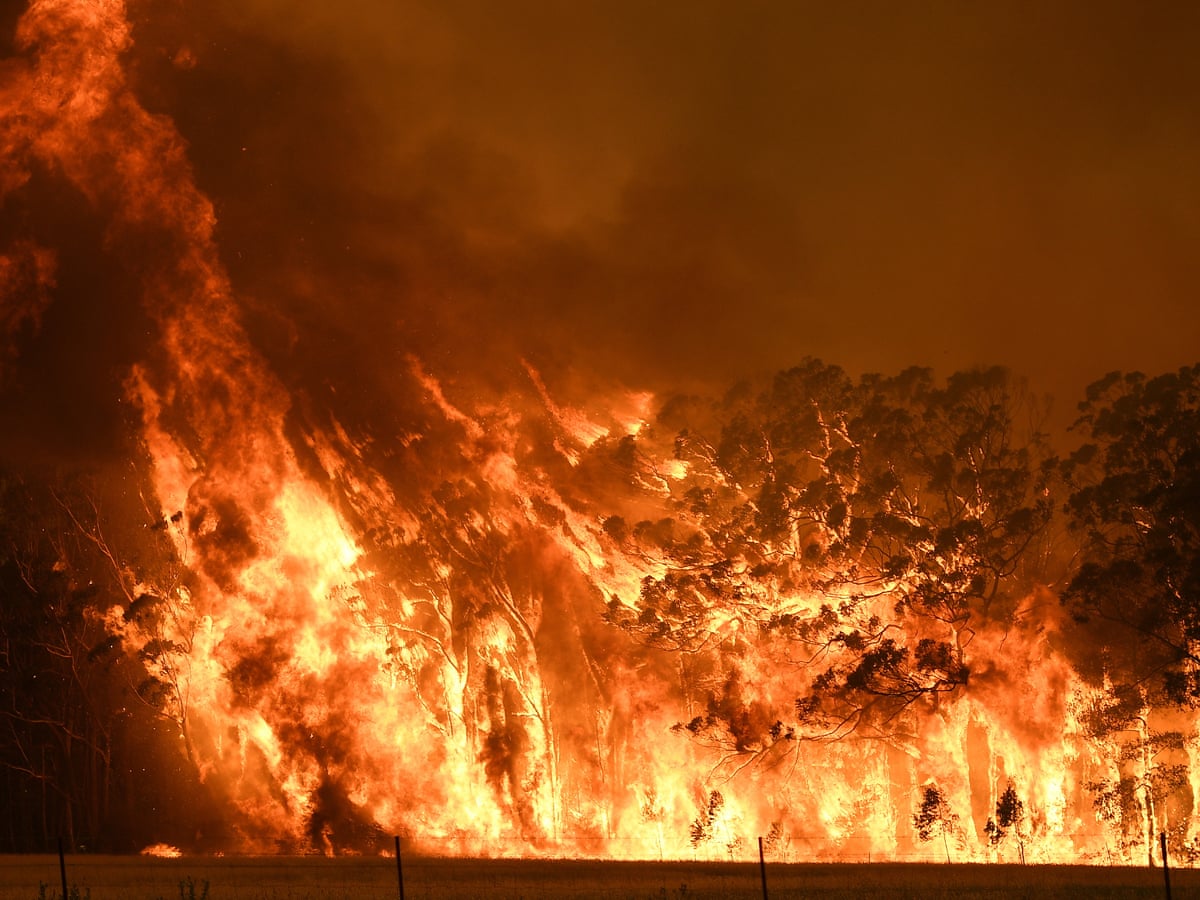Protecting Your Home: The Critical Function of a BAL Report in Bushfire Readiness
Protecting Your Home: The Critical Function of a BAL Report in Bushfire Readiness
Blog Article
Exactly How BAL Report Impacts Bush Fire Security Steps
In the realm of bush fire protection, the Structure Attack Level (BAL) report stands as a crucial device that dramatically affects the safety and resilience of residential properties in fire-prone areas - BAL Report. The effect of a BAL analysis extends far beyond mere documents; it acts as the cornerstone for figuring out the proper construction requirements and fire defense steps required to reduce the risks posed by bushfires. As areas grapple with significantly severe fire periods, understanding just how the BAL report forms these safety measures ends up being vital for contractors, home owners, and policymakers alike
Recognizing the Bushfire Assault Degree

Value of BAL Record Analysis

Moreover, the BAL record assessment works as a foundational action in abiding by lawful responsibilities and demands associated with bushfire protection. Local councils and authorities commonly mandate the submission of a BAL report as component of the planning and building authorization procedure to ensure that buildings are appropriately secured versus bushfire threats. Failing to carry out a comprehensive BAL report analysis can lead to poor security procedures, leaving buildings susceptible to devastating bushfire events.
Construction Requirements Based Upon BAL
An extensive understanding of the Bushfire Strike Level (BAL) allows residential or commercial property owners to carry out building and construction requirements customized to their specific threat account. Building standards based on BAL are vital in minimizing the impact of bushfires on residential properties. The BAL score categorizes the possible danger a residential or commercial property deals with throughout a bushfire on a range from BAL-Low to BAL-FZ (Flame Area) Each BAL degree corresponds to specific building requirements described in the Australian Typical AS3959-2018 Building of Structures in Bushfire-Prone Areas. For circumstances, residential or commercial properties identified as BAL-Low may only require standard measures such as removing particles and maintaining yards, while those in higher BAL groups require even more robust steps like ember screens, click this site fire-resistant materials, and secured home windows. Sticking to these construction criteria not just boosts the structural strength of the residential property however also enhances the overall safety and security of citizens throughout a bushfire occasion. For that reason, residential or commercial property proprietors need to thoroughly consider their BAL ranking and follow the corresponding building requirements to effectively guard their passengers and homes.
Implementing Fire Security Procedures
With the foundation of building and construction standards based upon Bushfire Strike Level (BAL) in area, the emphasis now shifts towards the functional application of fire security measures to fortify residential or commercial properties versus bushfire hazards. Executing fire protection steps includes a combination of passive and active strategies to improve the strength of buildings in bushfire-prone areas. Easy procedures consist of making use of fire-resistant building materials, mounting ash guards on vents, securing spaces in wall surfaces and roofs, and preserving a clear room around the residential or commercial property devoid of combustible vegetation. Energetic procedures incorporate having firefighting tools conveniently offered, such as hoses and water pumps, as well as producing a defendable room around the building by getting rid of plants and having a well-maintained yard. Furthermore, developing an emptying strategy and making certain all homeowners know emergency procedures are important parts of reliable fire defense steps. By integrating both passive and active approaches, buildings can substantially lower their susceptability to bushfire cases and enhance the security of residents.
Shielding Residences Versus Bushfires
Effectively guarding wikipedia reference homes against the harmful effects of bushfires calls for a thorough and aggressive technique to fire defense actions. Additionally, securing vents and gaps to prevent coal breach, as well as incorporating fireproof doors and windows, can aid strengthen the home's protection versus bushfires. By welcoming a proactive position and integrating these safety measures, property owners can considerably raise their possibilities of guarding their homes versus bushfires.
Verdict
To conclude, the Bushfire Attack Level (BAL) record plays a critical function in identifying the required defense actions against bushfires. By analyzing the BAL, building standards can be tailored to reduce the threats and make sure the safety and security of homes in fire-prone locations. Carrying out fire security measures based upon the BAL report is essential in protecting buildings from prospective bushfire risks. It is imperative for homeowners to prioritize BAL assessments and abide by recommended building requirements to enhance bushfire strength.
In evaluating bushfire threat to residential properties, understanding the Bushfire Strike Degree (BAL) is a critical part for carrying out efficient security measures. On the whole, a clear understanding of the Bushfire Assault Degree is important for carrying out adequate protection procedures and alleviating the influence of bushfires on homes.

Report this page